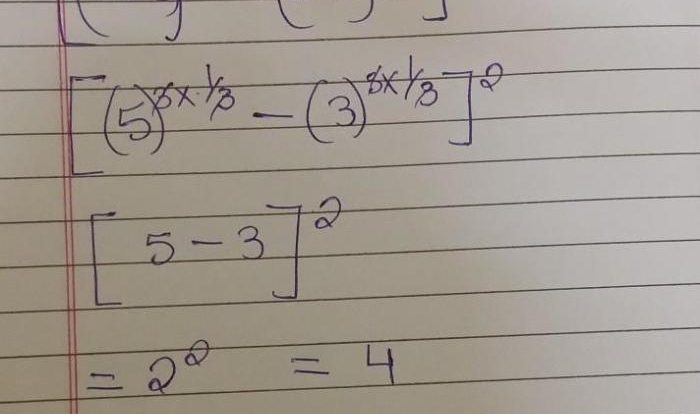Round 5.38 to the nearest tenth. – In the realm of mathematics, rounding numbers plays a pivotal role in simplifying complex calculations and presenting data in a manageable form. Among the various rounding techniques, rounding to the nearest tenth stands out as a fundamental skill with wide-ranging applications.
This guide delves into the intricacies of round 5.38 to the nearest tenth, providing a comprehensive understanding of its methods, significance, and potential pitfalls.
Rounding numbers to the nearest tenth involves adjusting a given number to the closest tenth value. For instance, rounding 5.38 to the nearest tenth would result in 5.4. This process proves invaluable in various contexts, from financial calculations to scientific measurements, where precision is paramount but exact values may not be necessary.
1. Introduction to Rounding Numbers

Rounding numbers is a fundamental mathematical operation that involves approximating a given number to a specified level of accuracy. Rounding to the nearest tenth is a common practice that entails approximating a number to the closest tenth place. This process plays a crucial role in various scientific, financial, and everyday applications, ensuring accuracy and efficiency in calculations.
2. Methods of Rounding to the Nearest Tenth
The process of rounding numbers to the nearest tenth involves examining the digit in the hundredths place. If the digit is 5 or greater, the tenths digit is increased by 1. If the digit is less than 5, the tenths digit remains unchanged.
This rule ensures that numbers are rounded up or down based on their relative distance to the nearest tenth.
3. Applications of Rounding to the Nearest Tenth
Rounding to the nearest tenth finds widespread application in numerous fields. In scientific measurements, it is used to simplify calculations and reduce errors. In financial transactions, it is employed to streamline calculations and facilitate quick estimations. Additionally, rounding to the nearest tenth is commonly used in everyday situations, such as estimating distances, weights, and temperatures.
4. Common Errors in Rounding to the Nearest Tenth, Round 5.38 to the nearest tenth.
Mistakes in rounding numbers to the nearest tenth can occur due to misinterpreting the rounding rules or overlooking the significance of the digit in the hundredths place. To avoid these errors, it is essential to adhere to the established rounding conventions and carefully examine the digit being rounded.
5. Advanced Concepts in Rounding
Beyond basic rounding, more advanced concepts related to rounding include significant figures and scientific notation. Significant figures represent the digits in a number that are known with certainty, while scientific notation is a method of expressing very large or very small numbers using powers of 10. Understanding these concepts is crucial for accurate and precise calculations in scientific and engineering fields.
Key Questions Answered: Round 5.38 To The Nearest Tenth.
What is the significance of rounding numbers to the nearest tenth?
Rounding numbers to the nearest tenth simplifies calculations, makes data more manageable, and improves readability, particularly in situations where exact values are not crucial.
How do I round a number ending in 5 to the nearest tenth?
When rounding a number ending in 5, round up if the preceding digit is odd (e.g., 5.35 rounds to 5.4) and round down if the preceding digit is even (e.g., 4.55 rounds to 4.5).
What are some common errors in rounding to the nearest tenth?
Common errors include rounding incorrectly when the number ends in 5, truncating instead of rounding, and rounding to the nearest hundredth instead of the nearest tenth.


